1. Introduction to Feed Production Line
A Feed Production Line is an integrated system designed to produce high-quality livestock, poultry, and aquatic feed on a continuous and efficient basis. It combines multiple processing stages—including raw material receiving, crushing, mixing, pelletizing, cooling, screening, and packaging—into a seamless workflow.
Modern feed production lines are widely used in poultry farms, livestock farms, fish farms, feed processing factories, and agricultural equipment industries. As the global demand for high-nutrition and uniform feed increases, automated and energy-efficient feed production lines have become essential for improving feed quality, enhancing farm productivity, and reducing labor costs.
A typical production line can process raw materials such as corn, soybean meal, wheat, rice husk, sorghum, grass, alfalfa, and various additives. Whether producing broiler feed, layer feed, cattle feed, pig feed, fish feed, or shrimp feed, the feed production line ensures consistent pellet size, balanced nutrition, and high production efficiency.
2. Components of a Feed Production Line
A complete feed production line generally consists of the following equipment:
2.1 Raw Material Storage System
Raw material bins
Conveying augers
Dust removal system
2.2 Crushing System
This stage reduces particle size and improves digestibility.
2.3 Mixing System
Ensures even distribution of nutrients.
2.4 Pelletizing System
Forms uniform, durable feed pellets.
2.5 Cooling System
Counterflow Cooler
Air blower
Dust collector
Used to cool down pellets and prevent moisture accumulation.
2.6 Screening System
2.7 Packaging System
Automatic weighing scale
Packaging machine
Sealing machine
Automatically fills and seals finished feed bags.
2.8 Electrical Control System
PLC control panel
Sensors
Monitoring software
Allows automated operation, real-time data collection, and higher efficiency.
3. Technical Parameters of Feed Production Line
Capacity | 500 kg/h – 20 t/h |
Pellet Diameter | 2 mm – 12 mm |
Main Power | 45 kW – 450 kW |
Voltage | 380V/400V/415V 50–60Hz |
Raw Material Moisture | 12%–18% |
Pellet Density | 1.0–1.3 g/cm³ |
Mixing Uniformity | CV ≤ 5% |
Pellet Durability Index (PDI) | ≥ 90% |
Cooling Residual Temperature | +5°C above ambient |
Bagging Accuracy | ±0.2% |
4. Features of Feed Production Line
4.1 High Automation Level
Automated feeding, mixing, pelletizing, and packaging significantly reduce human labor.
4.2 Consistent Pellet Quality
Uniform size and density ensure better digestion and feed conversion ratio (FCR).
4.3 Energy-Saving Design
Advanced motors, variable-frequency control, and optimized material flow reduce energy consumption.
4.4 Wide Raw Material Adaptability
Handles powders, grains, grasses, oilseed meals, minerals, and additives.
4.5 Modular Structure
Users can configure different sections based on capacity needs.
4.6 Easy Maintenance
Modular equipment and accessible components simplify routine maintenance.
4.7 Dust-Control Technology
Dust removal systems improve working environment and reduce material loss.
4.8 Durable Construction
Made of high-grade carbon steel or stainless steel, suitable for long-term use.
5. Advantages of Feed Production Line
5.1 Increased Production Efficiency
Continuous and stable operation boosts productivity compared to manual production.
5.2 Improved Feed Nutritional Value
Accurate mixing and uniform pelletizing enhance nutrient retention.
5.3 Long-Term Cost Savings
Lower labor cost, fewer errors, and reduced material waste.
5.4 Better Animal Performance
Pellets with proper density and hardness improve feeding behavior and weight gain.
5.5 Reduced Contamination Risk
Closed system prevents foreign contaminants from entering the feed.
5.6 Flexible Customization
Capacity, pellet size, formula, and layout can be customized for different farms and factories.
5.7 Strong ROI
A complete line can pay for itself quickly through higher yield and consistent output quality.
6. Applications of Feed Production Line
Feed production lines are used in multiple agricultural and industrial fields:
6.1 Poultry Industry
Broiler feed
Layer feed
Breeder feed
6.2 Livestock Industry
Cattle feed
Dairy cow feed
Pig feed
Sheep & goat feed
6.3 Aquaculture
6.4 Pet Food Production
Dog feed
Cat feed
Small pet pellets
6.5 Large & Medium Feed Factories
Commercial feed mills producing packaged feed.
6.6 Agricultural Cooperatives
Provides feed for communities and large farm clusters.
6.7 Research Institutions
Used for formula R&D and feed testing.
7. How to Use a Feed Production Line (Operation Guide)
Step 1: Raw Material Preparation
Ensure materials are dry and clean.
Remove stones and metal impurities.
Adjust moisture to 12–18%.
Step 2: Crushing
Step 3: Mixing
Add crushed powder into the mixer.
Add supplements and premix.
Mix for 3–8 minutes until uniform.
Step 4: Pelletizing
Pre-condition raw material with steam (if used).
Set pellet diameter (2–12 mm).
Start the pellet mill and feed materials steadily.
Step 5: Cooling
Step 6: Screening
Step 7: Packaging
Step 8: Quality Inspection
Step 9: Storage
8. Maintenance and Care
8.1 Daily Maintenance
Clean dust and powder around equipment.
Lubricate bearings and gears.
Check bolts for looseness.
8.2 Weekly Maintenance
Check wear of hammer mill blades.
Inspect the die and rollers of pellet mill.
Clean the mixer thoroughly.
8.3 Monthly Maintenance
Inspect electrical components.
Calibrate weighing equipment.
Check air ducts and dust filters.
8.4 Annual Maintenance
Replace severely worn parts.
Repaint or apply anti-rust treatment.
Perform full-system inspection.
Regular maintenance ensures long service life and stable operation.
9. How to Choose the Right Feed Production Line
When selecting a production line, consider:
9.1 Production Capacity
Small: 500–1000 kg/h
Medium: 1–5 t/h
Large: 5–20 t/h
9.2 Pellet Type
Choose pellet shape and size based on the target animals.
9.3 Automation Level
Manual → Semi-automatic → Fully automatic → Intelligent control.
9.4 Raw Materials
Dry or wet materials, grains or grasses, etc.
9.5 Power and Voltage
Match local power supply standards.
9.6 Budget
Choose the most cost-effective configuration for your business.
10. Frequently Asked Questions (FAQ)
Q1: What raw materials can be processed in a feed production line?
Corn, wheat, soybean meal, rice bran, grass, alfalfa, fish meal, amino acids, vitamins, and other powders or granules.
Q2: What is the ideal pellet size?
Poultry: 2–4 mm
Livestock: 4–8 mm
Fish: 1–6 mm
Shrimp: 1–2 mm
Q3: How much space is needed?
A 1–2 t/h production line typically requires 500–1500 m².
Q4: How long does installation take?
Usually 10–30 days depending on line size.
Q5: How to reduce pellet machine wear?
Use high-quality die steel, lubricate regularly, and avoid foreign materials.
Q6: Can the production line make floating fish feed?
Yes, but it requires an extruder instead of a pellet mill.
Q7: How long is the service life?
With proper maintenance, 10–15 years.
Q8: What is PDI (Pellet Durability Index)?
A measure of pellet hardness; higher PDI means more durable pellets.
Conclusion
A Feed Production Line is an essential solution for modern poultry, livestock, and aquaculture feed processing. With automated production, efficient pelletizing, and strict quality control, it significantly enhances feed consistency, reduces operating costs, and improves overall farm performance.
Whether you operate a small farm or a large commercial feed mill, choosing the right feed production line can greatly improve productivity and long-term profitability.
Company Profile
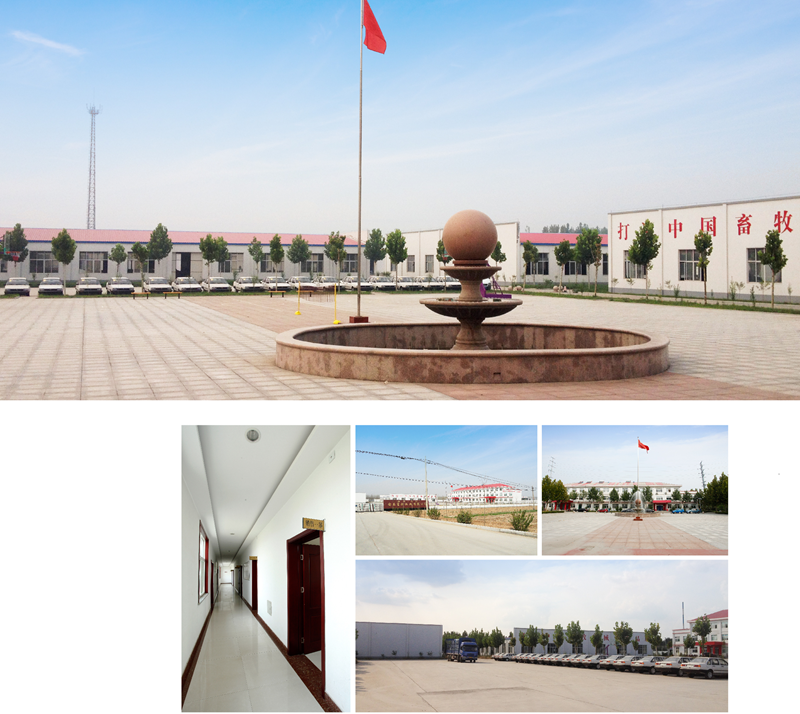
Shandong Huimin Qinle Livestock Machinery Co., Ltd. (formerly Shandong Huimin Qinle Livestock Machinery Factory) is a professional poultry equipment manufacturer with over 20 years of experience. We offer a comprehensive service package, from design (land and chicken coops), production (equipment and prefabricated steel coops), installation, commissioning, customer training, and after-sales service.
Located in Huimin County, Binzhou City, Shandong Province, China, the company has extensive experience in mechanical processing and manufacturing, as well as livestock machinery production and operation. With fixed assets of RMB 15 million, the company employs 160 people, including 30 R&D staff, and occupies a 40,000-square-meter factory. Equipped with over 110 pieces of advanced precision production equipment, including CNC machining centers and laser cutting machines, the company boasts a production capacity of RMB 50 million.
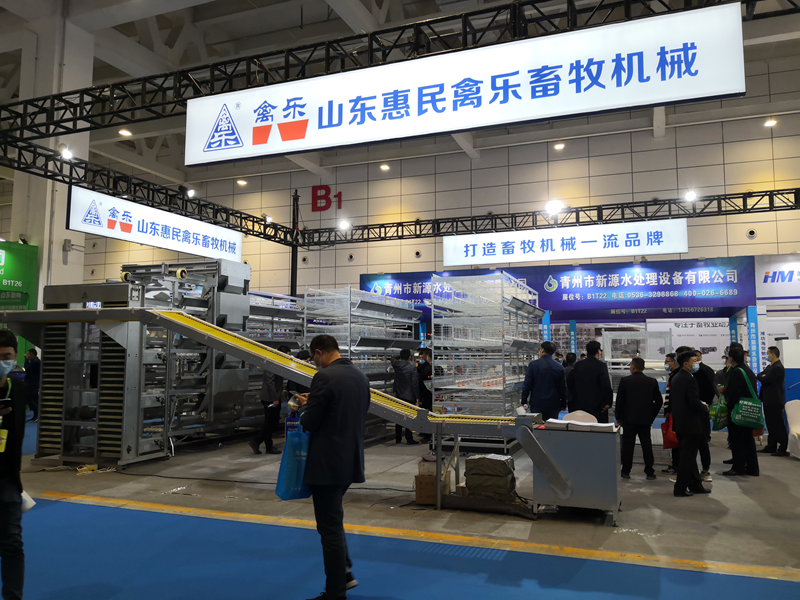


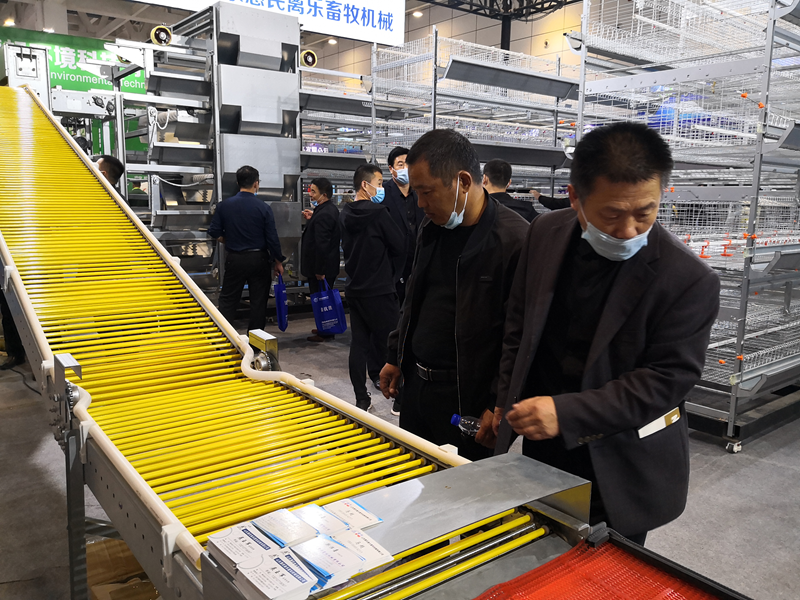
Chicken Farming Equipment Mesh Production Workshop

Machining Workshop

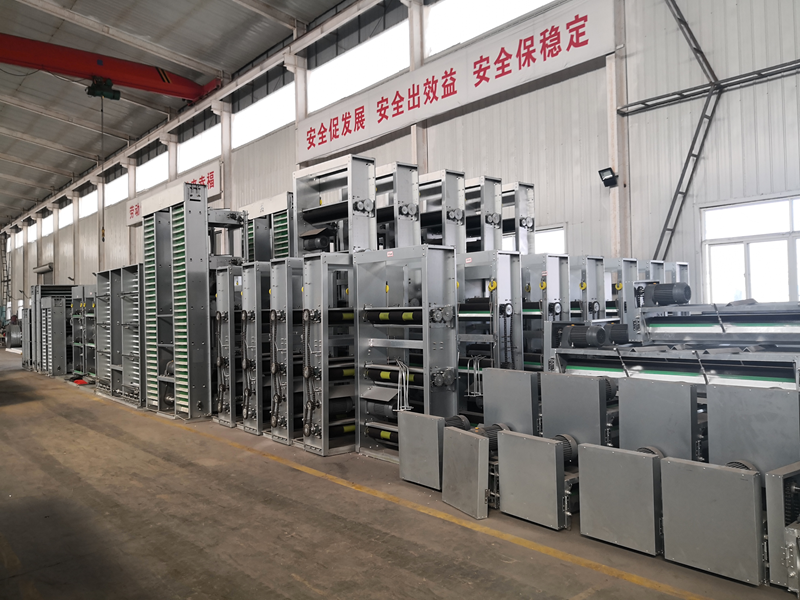
Turret-type CNC Punch Press, Laser Cutting and Other Machining Equipment



Fully Automated Roll Forming Production Line

Hot-dip Galvanizing Production Line

Electroplating Production Line

Environmental Protection Equipment

Chicken Farming Equipment Product Series
Egg-laying Hen Farming Equipment
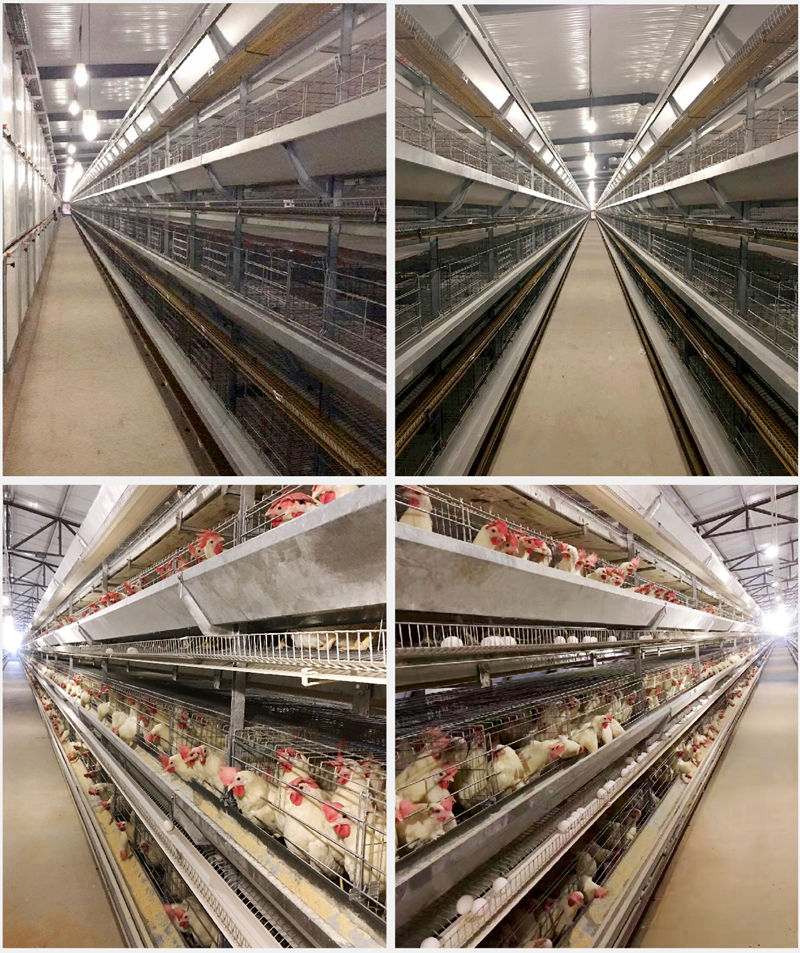
Stacked Brooding Cage Equipment

Stacked Broiler Cage Equipment
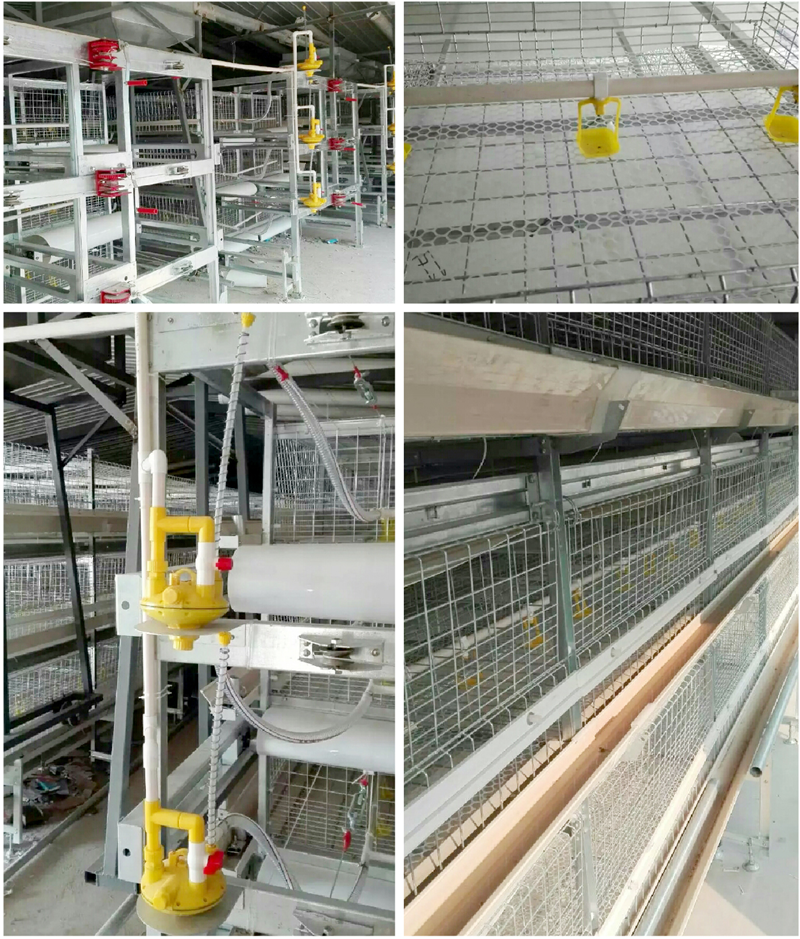
Stepped Layer Hen Cage Rearing Equipment
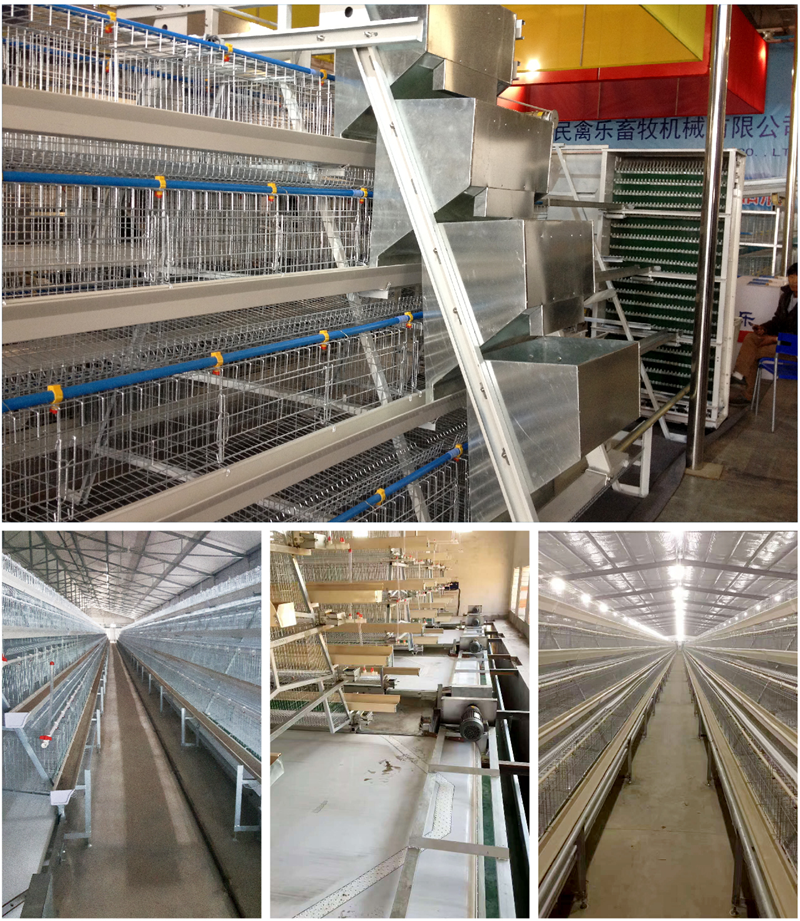
Automatic Egg Collection System

H-type Cage Feeding Machine
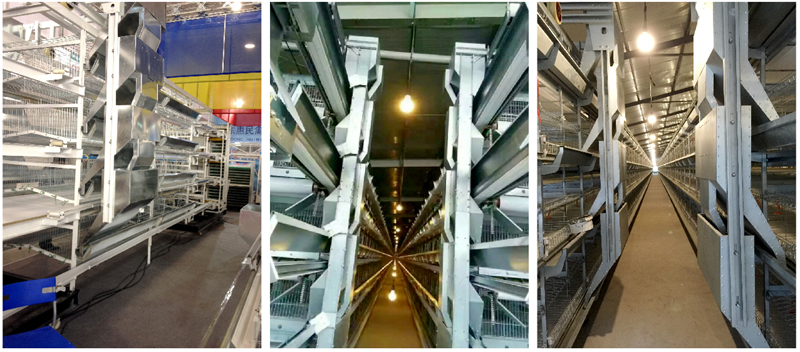
Stepped Cage Straddle Feeder
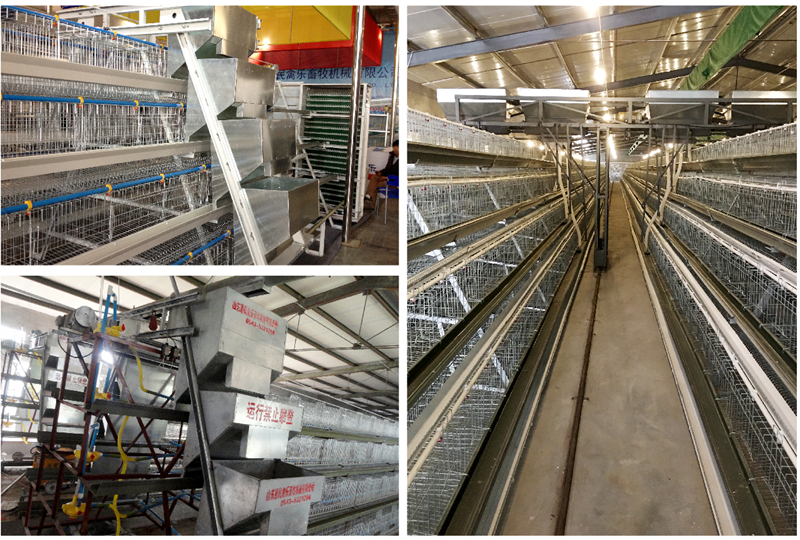
Manure Removal Machine

Fans, Heated Curtains, Environmental Control Systems, and Lighting Equipment
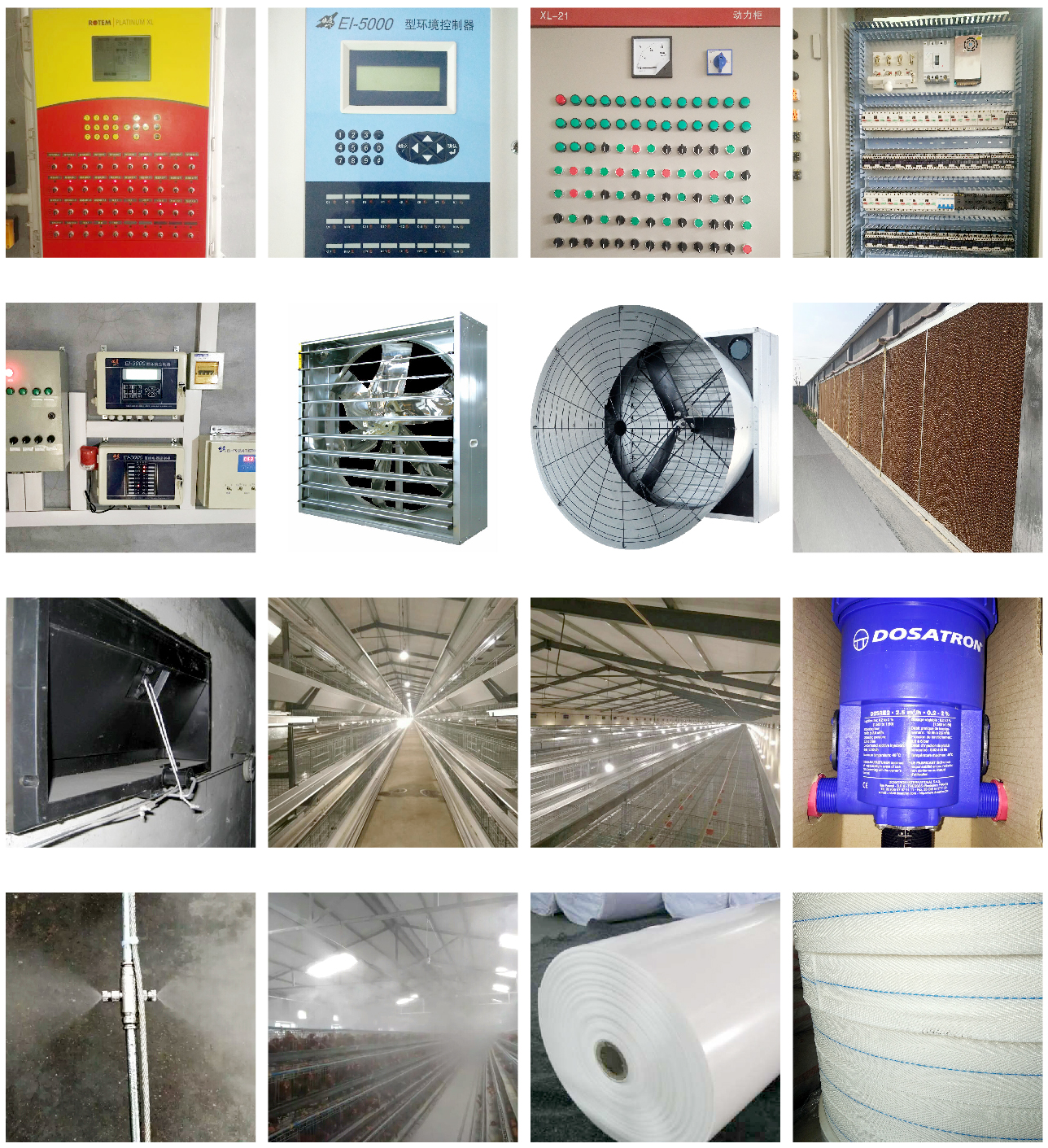
Complete Set of Equipment for Organic Fermentation Treatment of Manure


 Catalogue
Catalogue































 Whatsapp
Whatsapp Телефон
Телефон